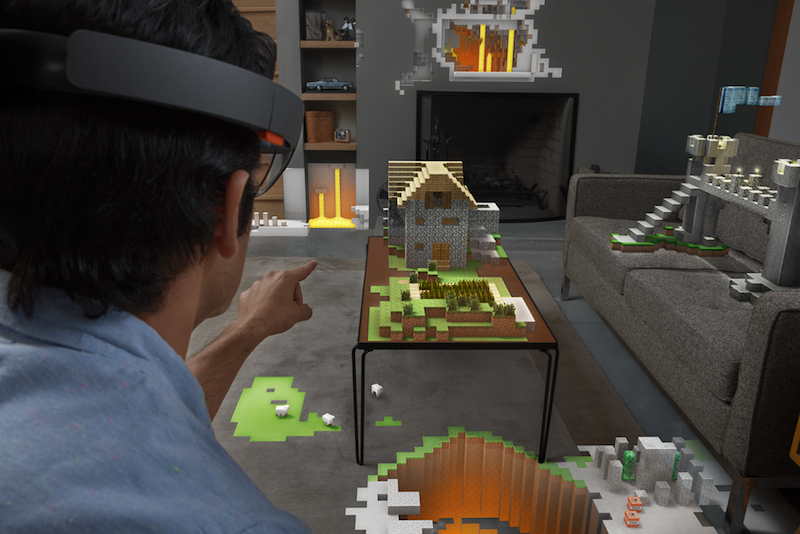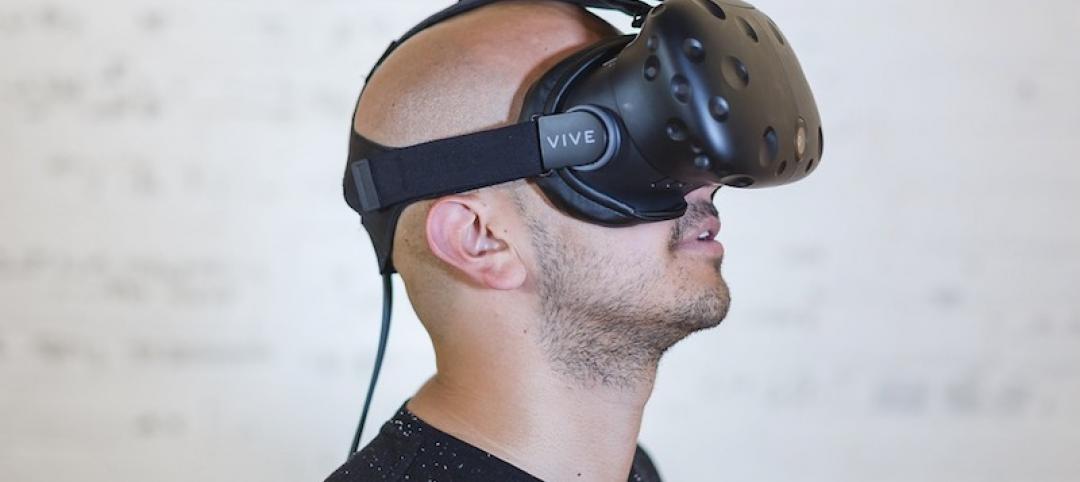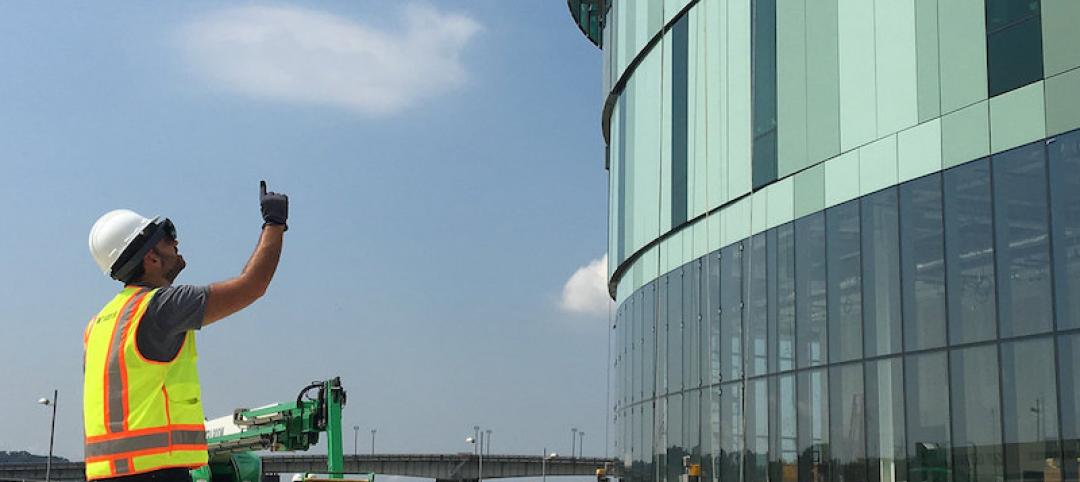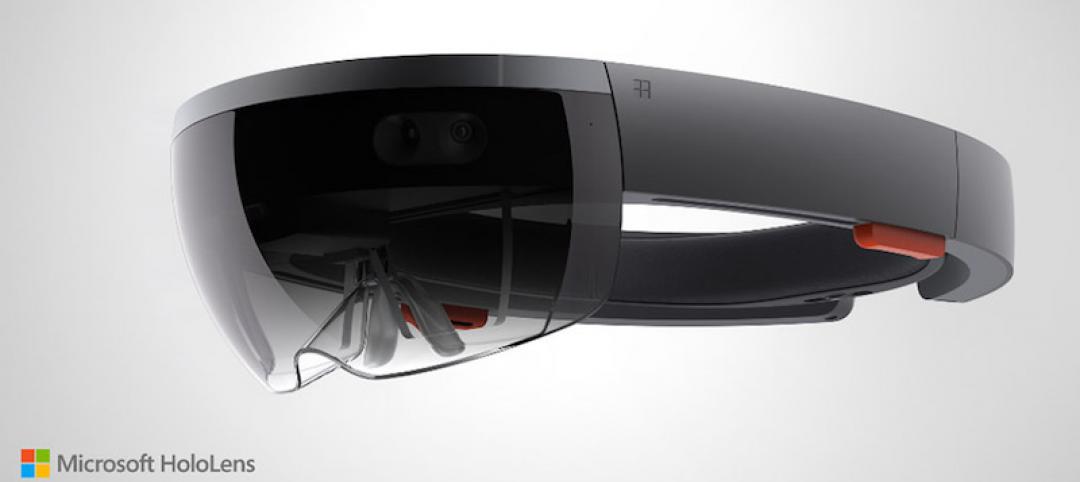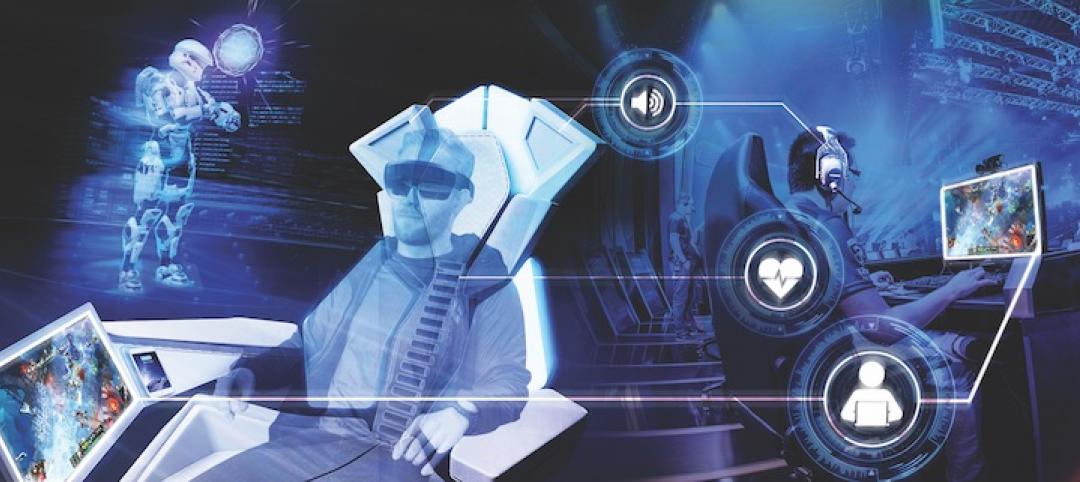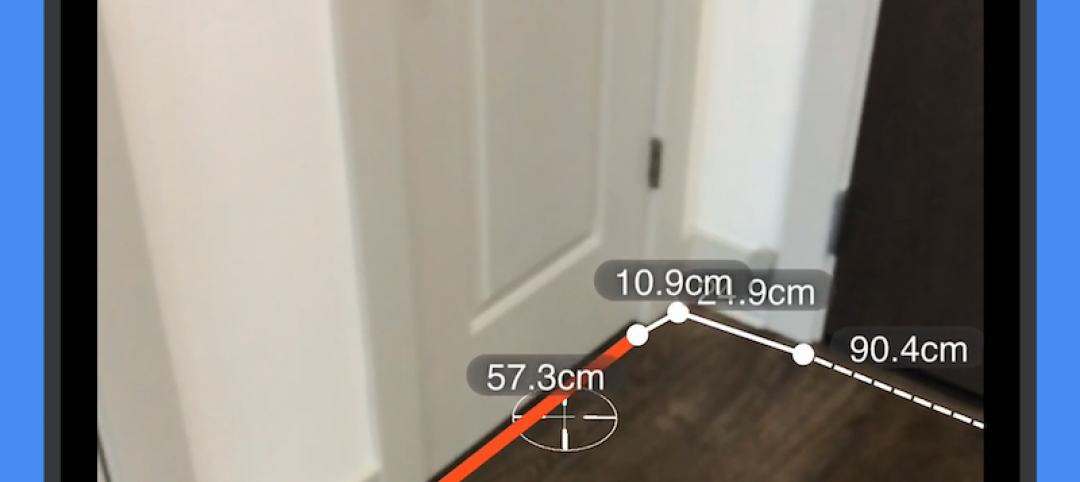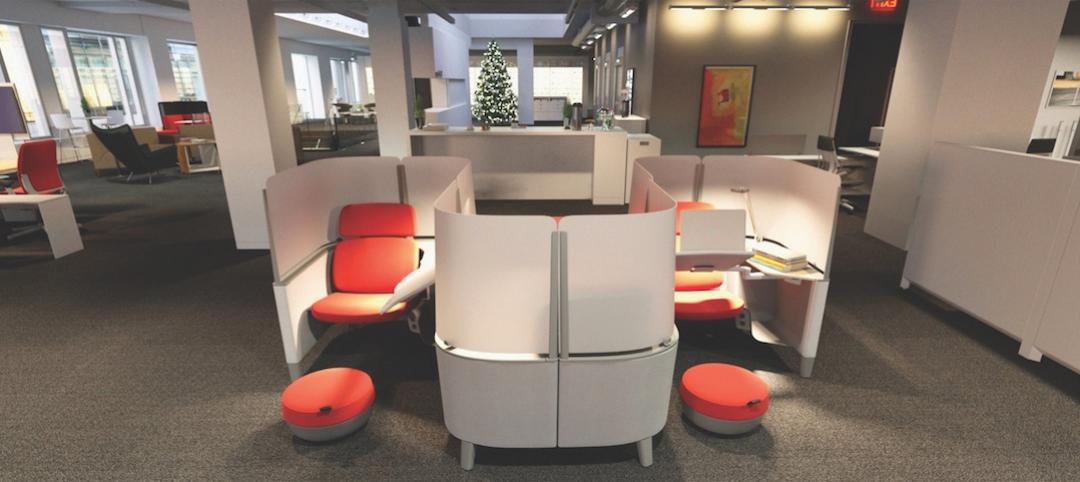Mixed reality and virtual reality are two similar technologies that look to alter the perception of the world we live in. While virtual reality devices, such as the Oculus Rift, do this by completely blocking out the real world and, for all intents and purposes, transferring you to another world entirely, mixed reality takes a more minimalist approach.
Mixed reality devices, like Magic Leap (which recently raised $794 million in new funding) or Microsoft’s HoloLens, leave the real world right where it is, instead, choosing to add to it and alter it. Whether these alterations are as simple as adding a flower pot to a table, or as grand having a whale jump straight out of a gymnasium floor and splash back down again (which is the first thing you see upon entering Magic Leap’s website) the real world changes, but never disappears completely.
It is this fact, this inclusion of the real world that mixed reality is built on, that has some people, such as movie director Peter Jackson, much more excited about its prospects as opposed to those of virtual reality. It becomes a question of what is more exciting: being transported to a new world of dragons, kings, and magic, or seeing a dragon perch on your house’s garage right in the middle of your very own neighborhood? In a recent Wired article written by Kevin Kelly, Jackson speaks as to why he is more excited about latter.
“Maybe while you are walking around the modern streets of Chicago you see gangsters driving past with tommy guns. It could be a form of education, entertainment, and tourism,” Jackson says. “In 10 years, I expect that mixed-reality technology like Magic Leap will be used as much as, if not more than, smartphones.”
Magic Leap’s website says the company wanted to “take a different path and rethink the relationship technology has with people.” Instead of staring at computer, television, and smartphone screens all day, the company wanted to use the real world as their playground.
Recently, as Uploadvr.com reports, Magic Leap showed off some applications of Magic Leap in a video (watch it here), one that they say was shot directly through their technology without using any type of special effects or compositing. The video shows off mundane tasks such as checking the weather and looking through daily notifications mixed with more entertaining and fantastical undertakings like getting a quick history of Mount Everest, complete with a virtual model of the mountain, sound effects, and audio recording and watching as a bloom of jellyfish swims through the air.
According to listings on their website, Magic Leap is currently hiring dozens of positions ranging from various types of engineers and designers to game developers and system architects, suggesting development of the Magic Leap is kicking into full gear.
While much of what has been shown in videos and on their website still looks like the stuff of dreams, mixed reality looks closer to being an actuality than ever before. Like T.E. Lawrence wrote, “the dreamers of the day are dangerous men, for they may act their dreams with open eyes, to make it possible.”
Well, the eyes of various developers of mixed reality devices seem to be wide open, and more things than ever before seem possible.
Related Stories
Augmented Reality | Nov 2, 2018
Savannah College of Art and Design offers new four-year degree in Immersive Reality
The program began its first year with the fall 2018 semester.
Augmented Reality | Oct 29, 2018
AR is indispensable to design and construction
Using AR, vital construction data can be transferred instantaneously from the design model to the augmented reality overlay.
Accelerate Live! | Jun 24, 2018
Watch all 19 Accelerate Live! talks on demand
BD+C’s second annual Accelerate Live! AEC innovation conference (May 10, 2018, Chicago) featured talks on AI for construction scheduling, regenerative design, the micro-buildings movement, post-occupancy evaluation, predictive visual data analytics, digital fabrication, and more. Take in all 19 talks on demand.
| May 30, 2018
Accelerate Live! talk: Seven technologies that restore glory to the master builder
In this 15-minute talk at BD+C’s Accelerate Live! conference (May 10, 2018, Chicago), AEC technophile Rohit Arora outlines emerging innovations that are poised to transform how we design and build structures in the near future.
Augmented Reality | May 30, 2018
HoloLens used as wayfinding device to guide blind people through complex buildings
Neither training nor modification of the physical environment are required to use the system.
| May 24, 2018
Accelerate Live! talk: The rise of multi-user virtual reality
In this 15-minute talk at BD+C’s Accelerate Live! conference (May 10, 2018, Chicago), two of CannonDesign's tech leaders present their early findings from pilot testing multi-user VR technology for AEC project coordination.
Augmented Reality | Jan 18, 2018
With a new type of stadium comes a new type of premium seat
Populous is exploring biometric seating technology that utilizes a combination of displays and AR/VR technologies to place fans in the action.
Augmented Reality | Nov 13, 2017
New iPhone app uses augmented reality to digitize the home dimensioning process
The app requires iOS 11 and is compatible with iPhone 6S and newer models.
Augmented Reality | Nov 6, 2017
Three VR + AR innovations to watch
From heat mapping to VR-based meetings, check out this trio of virtual and augmented reality applications for AEC teams.
Augmented Reality | Jul 19, 2017
Mortenson develops AR app for community engagement during construction of UW computer science building
The $105 million project in Seattle is the latest example of the firm’s commitment to virtual and augmented reality tools.


